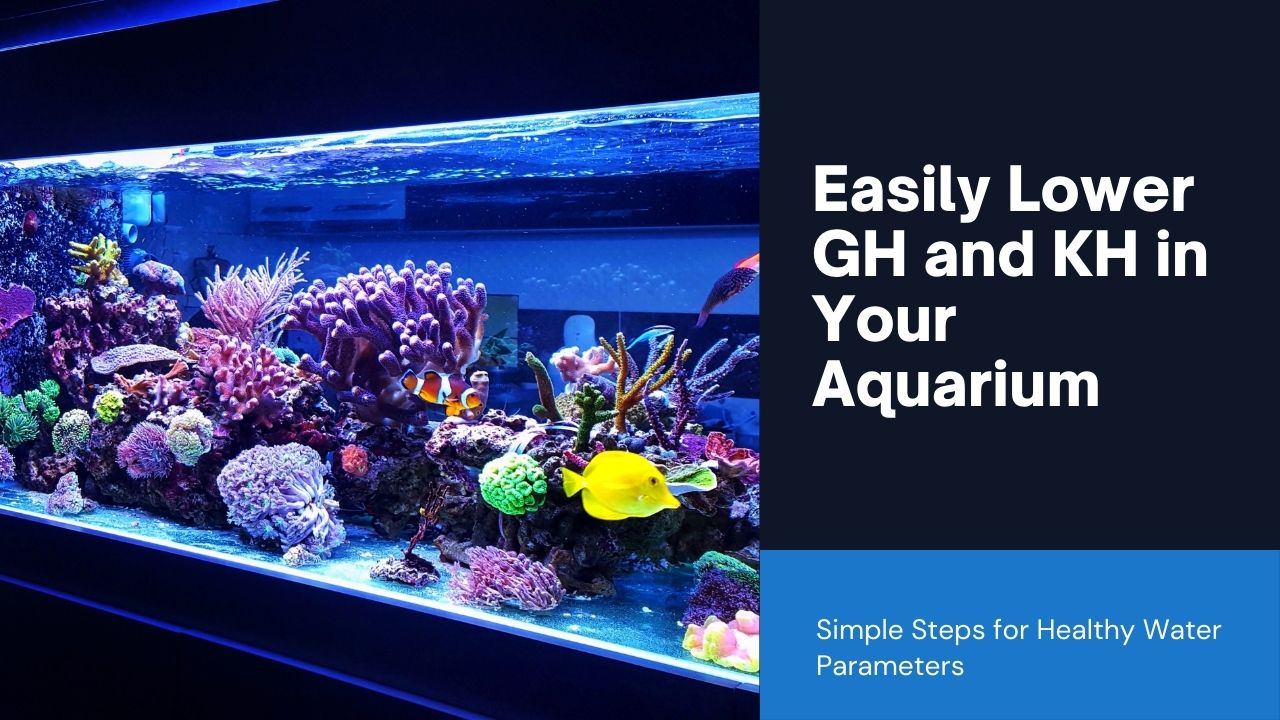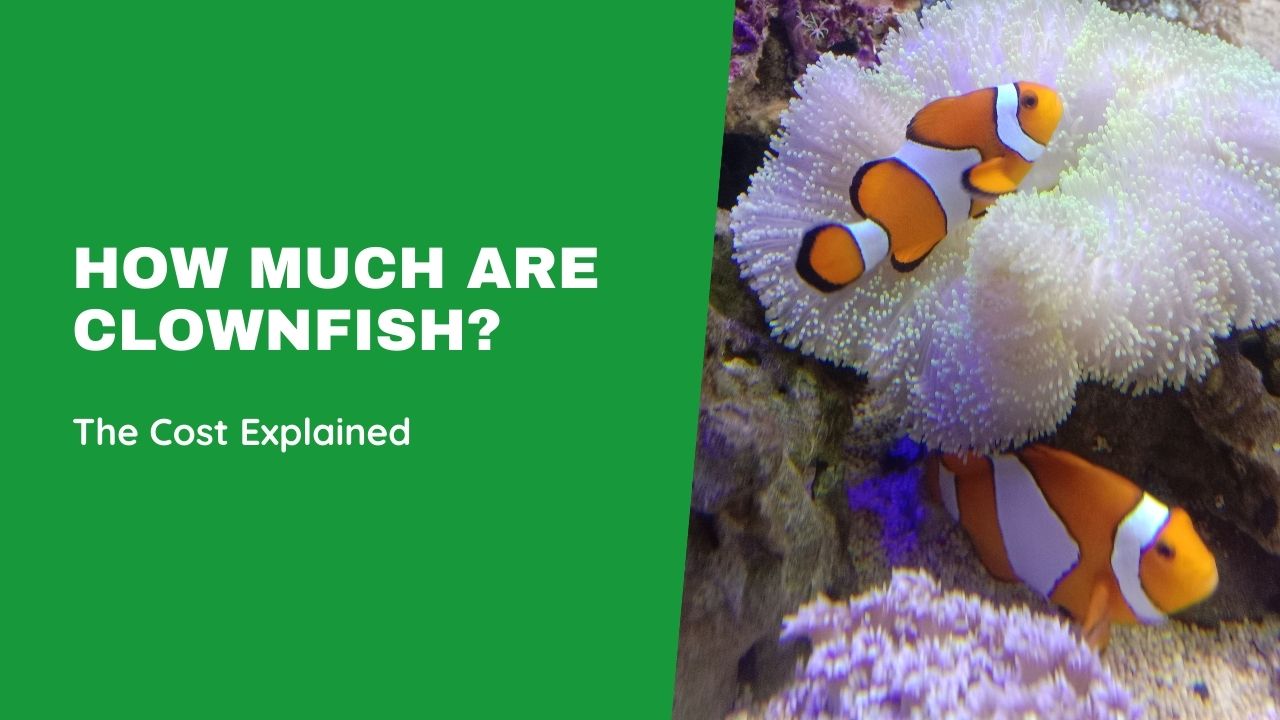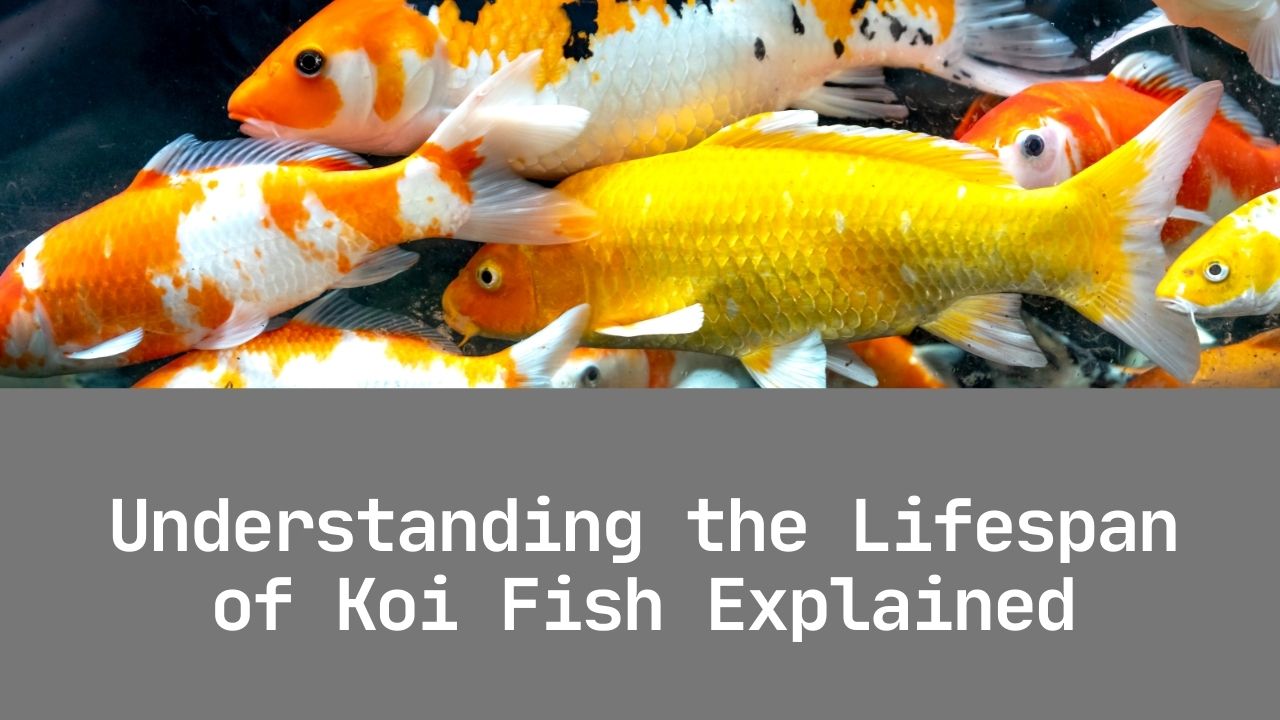Maintaining the right water conditions is essential for the health and well-being of your aquarium inhabitants. Two critical parameters to monitor are General Hardness (GH) and Carbonate Hardness (KH). Understanding and managing these can make a significant difference in your fish tank’s ecosystem.
What Are GH and KH?
- General Hardness (GH): This measures the concentration of dissolved minerals, primarily calcium and magnesium, in the water. High GH levels indicate hard water, while low levels signify soft water. Different fish species thrive in varying GH levels, so it’s crucial to match the water hardness to your fish’s natural habitat.
- Carbonate Hardness (KH): KH refers to the concentration of carbonate and bicarbonate ions, which act as a buffer, stabilizing the pH levels in your aquarium. A suitable KH level prevents sudden pH fluctuations, ensuring a stable environment for your fish.
Why Is It Important to Lower GH and KH?
While some fish species prefer hard water, many popular aquarium fish thrive in softer, more acidic conditions. Elevated GH and KH levels can lead to stress, hinder breeding, and even cause health issues for these species. By adjusting these parameters to match your fish’s natural environment, you promote their health and longevity.
Methods to Lower GH and KH in Your Aquarium
Adjusting GH and KH requires careful consideration and gradual changes to avoid shocking your aquatic pets. Here are effective methods to achieve the desired water hardness:
1. Using Reverse Osmosis (RO) Water
Reverse osmosis is a filtration process that removes most dissolved minerals from water, producing pure H₂O. Mixing RO water with your tap water allows you to control and reduce GH and KH levels effectively.
Steps:
- Install an RO Unit: Set up a reverse osmosis system to produce purified water.
- Determine Mixing Ratio: Test your tap water’s GH and KH levels. Calculate the appropriate ratio of RO water to tap water to achieve the desired hardness.
- Mix and Test: Combine the waters in the calculated proportions and test the GH and KH before adding it to your tank.
Note: Regularly monitor your aquarium’s parameters, as RO water lacks minerals, which are essential for fish health.
2. Incorporating Peat Moss
Peat moss naturally softens water by releasing tannic and humic acids, which bind to minerals, reducing GH and KH.
Steps:
- Prepare the Peat: Rinse peat moss thoroughly to remove impurities.
- Place in Filter: Add the rinsed peat to a filter media bag and place it in your filter system.
- Monitor Water Parameters: Regularly test your water to track changes in GH, KH, and pH levels.
Note: Peat can tint the water a tea-like color due to the release of tannins. This is harmless and can be removed with activated carbon if desired.
3. Adding Driftwood
Driftwood releases tannins into the water, which can help lower GH and KH over time.
Steps:
- Select Aquarium-Safe Driftwood: Choose driftwood suitable for aquarium use.
- Pre-Soak the Driftwood: Soak it in a separate container for several days to release excess tannins and ensure it sinks.
- Place in Aquarium: Add the prepared driftwood to your tank and monitor water parameters regularly.
Note: Similar to peat, driftwood may discolor the water due to tannins. This effect is natural and not harmful to fish.
4. Using Indian Almond Leaves (Catappa Leaves)
Indian almond leaves release beneficial acids and tannins, which can lower GH and KH while providing antifungal and antibacterial properties.
Steps:
- Select Quality Leaves: Obtain dried Indian almond leaves from a reputable source.
- Add to Aquarium: Place one or two leaves per 10 gallons of water directly into the tank.
- Monitor Changes: Observe the water parameters and replace the leaves every few weeks as they decompose.
Note: The leaves will also impart a brownish tint to the water, simulating a natural habitat for many fish species.
5. Utilizing Rainwater
Rainwater is naturally soft and can be used to dilute harder tap water, lowering GH and KH.
Steps:
- Collect Rainwater Safely: Use clean containers to gather rainwater, ensuring it doesn’t come into contact with contaminants.
- Test the Water: Before use, test the rainwater for pollutants and ensure its pH, GH, and KH levels are suitable.
- Mix with Tap Water: Combine rainwater with tap water to achieve the desired hardness levels.
Note: Always ensure the collected rainwater is free from pollutants and safe for aquarium use.
Precautions When Lowering GH and KH
Adjusting water hardness should be done gradually to prevent stressing your fish. Rapid changes can lead to health issues or even fatalities.
- Regular Testing: Use reliable test kits to monitor GH, KH, and pH levels before and after making adjustments.
- Avoid Overcorrection: Aim for stability within the preferred range of your fish species rather than chasing exact numbers.
- Observe Fish Behavior: Watch for signs of stress, such as lethargy, loss of appetite, or erratic swimming, and adjust your approach if needed.
Conclusion
Maintaining appropriate GH and KH levels is vital for a thriving aquarium. By understanding the needs of your fish and implementing the methods outlined above, you can create a stable and healthy environment.
Remember to make changes gradually and monitor your tank’s parameters consistently. Whether you use reverse osmosis water, natural softening agents like peat moss and driftwood, or rainwater, always prioritize the well-being of your aquatic pets. A stable environment leads to healthier, happier fish.
References
Here are three high-ranking sources for further reading:











